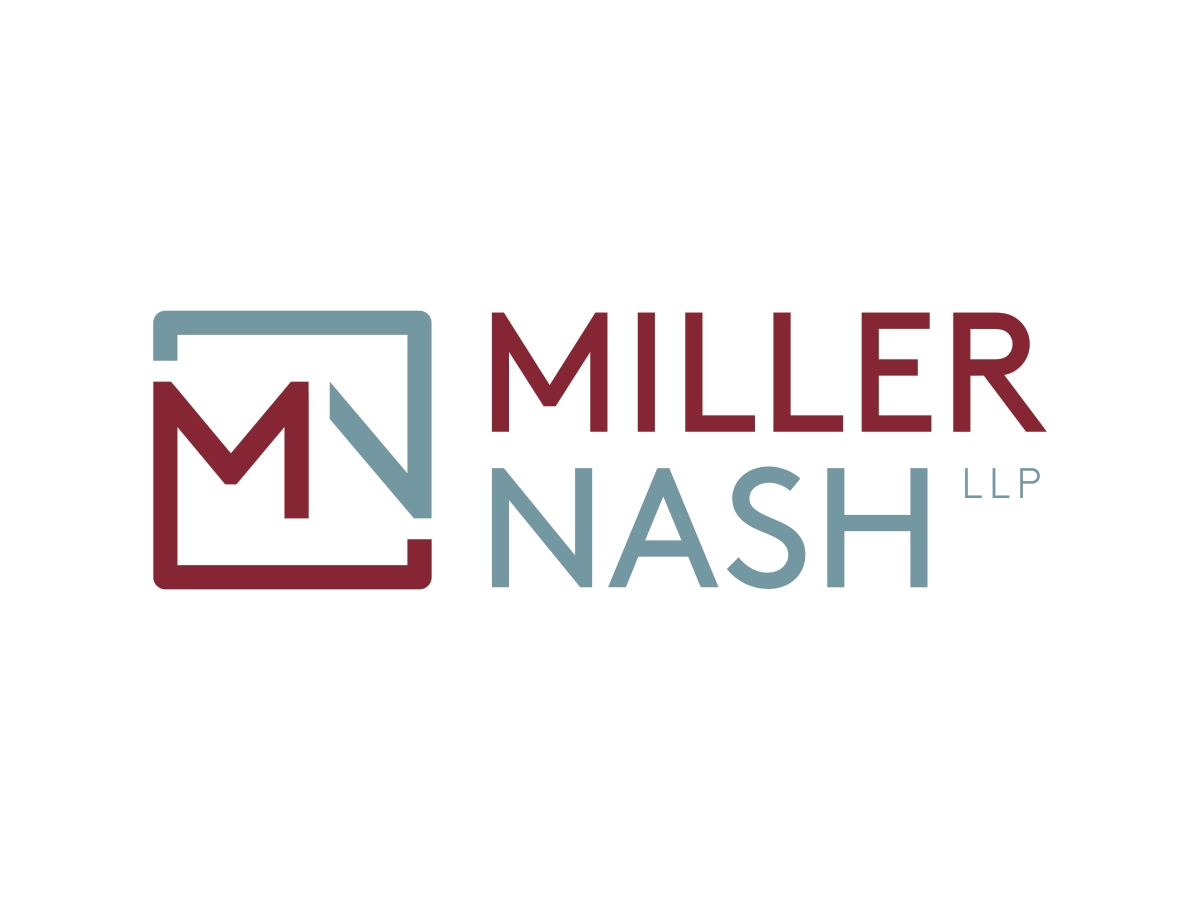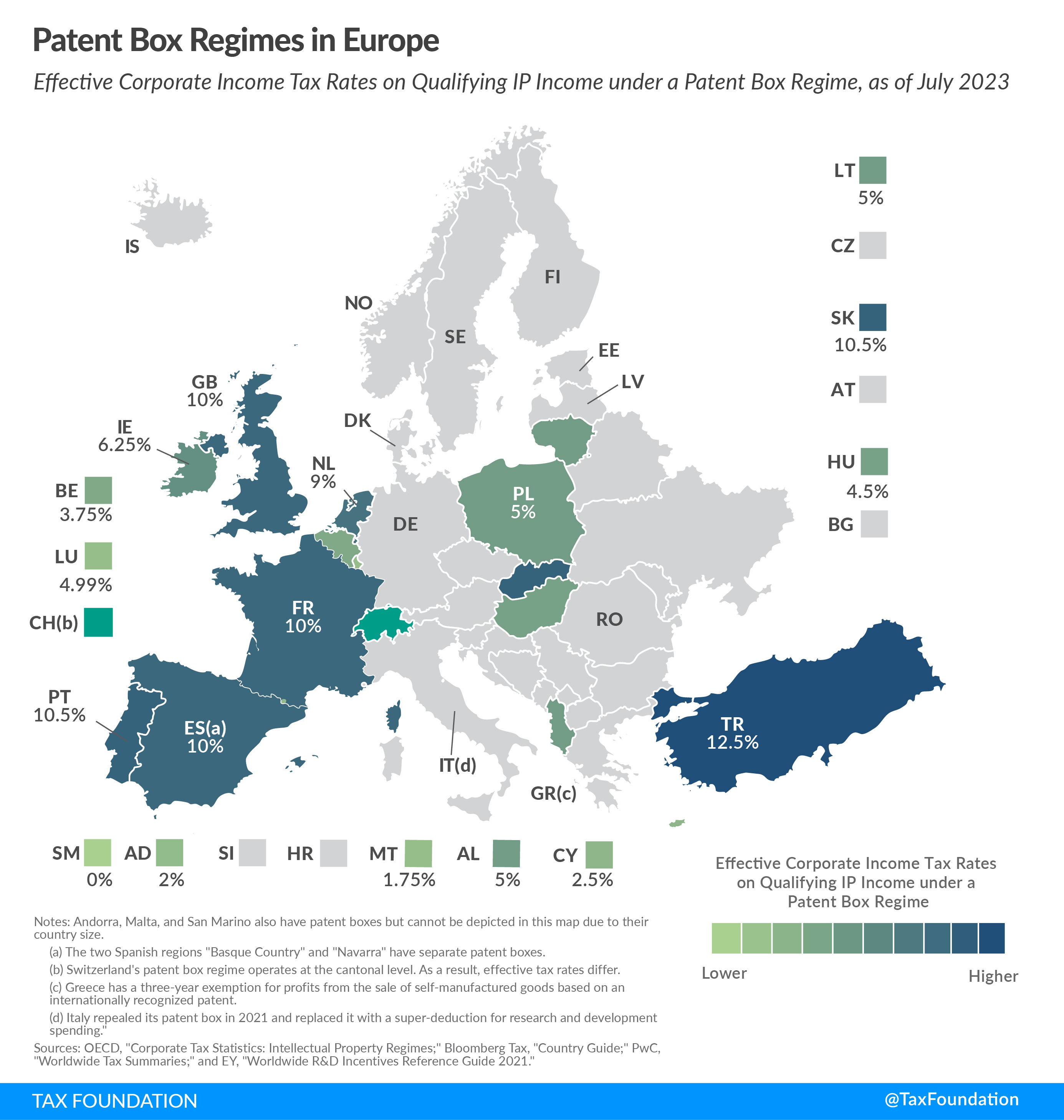Consider Protecting Your Brands Early in the Era of Artificial Intelligence | Miller Nash LLP
Artificial Intelligence (AI) is the latest emerging technology that is overtaking news headlines and transforming the way we live, learn, and work. The term generally refers to content created or produced by artificial intelligence algorithms, with chat bots like Chat GPT, Google BARD, and Microsoft Bing Chat saturating the market by storm.
Recently, business owners have realized the benefits of integrating AI into their marketing and advertising strategy, largely by using its capabilities to assist in the creative process. For example, Google BARD explicitly states that it can help you “supercharge your imagination” and “bring your ideas to life.” Further, there are several specialized AI tools, such as Render Forest and BrandCrowd that exclusively boast their capability to generate intellectual property such as brand names, slogans, and logos. AI technology allows these tools to process the user’s business description against an entire worldwide web of content and generate creative, personalized name suggestions in mere seconds.
With intellectual property recommendations being generated so quickly, experienced business owners may wonder how they can protect their recently developed brands as early as possible. Regarding trademarks, business owners can utilize the preliminary tactic of filing intent-to-use (ITU) applications for any established creative marks that they intend to utilize but have not yet used in commerce.
What is intent-to-use (ITU)?
While using a trademark in commerce and later registering it with the United States Patent and Trademark Office (USPTO) is the traditional approach for those seeking mark protection, business owners with a good faith intent to use a trademark that has not yet been used in commerce can utilize the USPTO’s intent to use (ITU) application to protect marks in their infancys.1 Though the ITU application process carries a few additional fees, the benefits of filing often outweigh the extra expense.2 Most notably, filing an ITU application puts an applicant’s best foot forward by securing an earlier application filing date. This can mean the mark has priority over competitors if a legal conflict develops at either the USPTO or in the marketplace.
How is ITU established?
Under Section 1(b) of the Lanham Act, to file an ITU application, the applicant must have an “bona fide intent,” both subjectively and objectively, to use the trademark as a brand for goods or services in U.S. commerce. Subjective good faith is rather straightforward as the applicant generally meets that requirement by making a verified statement, along with their application, that the applicant has a bona fide intention to use the mark in commerce. However, if their statement of bona fide intent is later challenged in court or in an administrative proceeding, the applicant would need to support that assertion with objective evidence of that intent.
Typically, the following types of business documents would be sufficient to show objective evidence of intent. Such documents should be created in the ordinary course of trade shortly before the date that the ITU application is to be filed:
- A written business plan that describes a specific product or service that the applicant intends to launch (or relaunch), complete with an action plan. The product or service must then be specified in the application’s identification of goods and services.
- A written business plan that describes an action plan for offering licenses to use the trademark in connection with goods or services specified in the application’s identification of goods and services.
- Business records that demonstrate the trademark applicant has provided products of a similar type in the past and has the current ability to use the applied-for trademark in connection with those products.
- Business records that demonstrate research and development measures going into a specific product or service. Other similar activities include steps taken to acquire a manufacturer or distributor, and steps taken to obtain required governmental approvals.
- Detailed meeting minutes that capture discussions of the above.
How can business owners ensure their brands are protected?
Navigating the world of intellectual property can be difficult and mistakes can be costly, but knowledgeable attorneys at Miller Nash are here to help business owners every step of the way. Business owners should consult with our insightful trademark attorneys to ensure their developing and existing brands are well-protected.
1 Notably, marks are not officially registered with the USPTO until the applicant shows they have started using it in commerce by filing a Statement of Use. The Statement of Use should be filed within 6 months of receiving a Notice of Allowance from the USPTO. If an applicant needs more than six months to file a Statement of Use, they can file up to five extension requests, resulting in a total maximum extension time of thirty-six months from the issue date of the Notice of Allowance.
2 As discussed in footnote 1, an ITU application requires a Statement of Use, which is accompanied by a filing fee. In addition, any requested extensions for filing the Statement of Use incur an additional fee.
[View source.]






